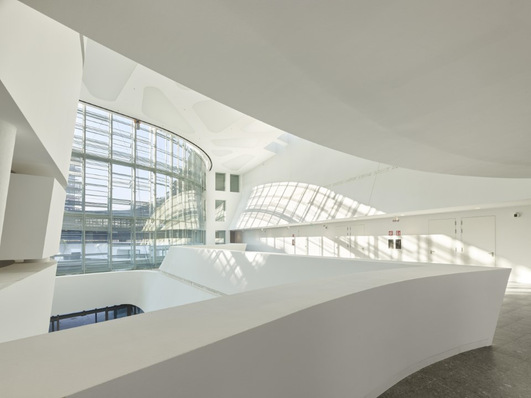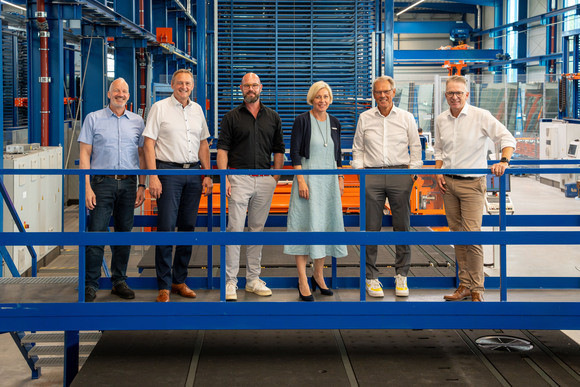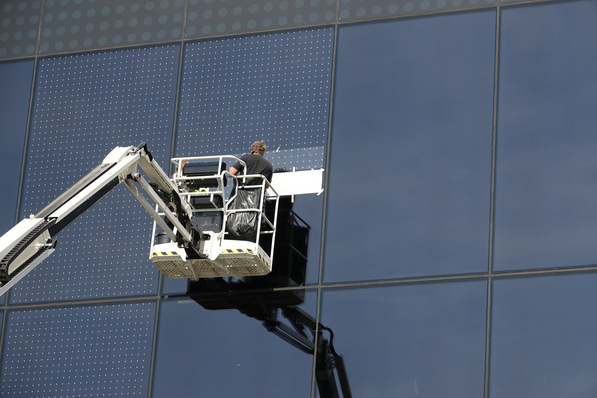Scientists at the National Renewable Energy Laboratory have developed thermochromic windows with additional power generation. They have inserted a layer of perovskites between two sheets of glass and injected steam. The steam triggers a reaction that causes the perovskites to arrange themselves in different shapes. The spectrum ranges from a chain to plates to cubes.
See also this article: Bronze-coloured facade that generates power
The advantage of the semiconductor layer: The perovskites can be coloured according to the customer's requirements. The colour depends on how the perovskites are arranged within the windows. A cube-shaped arrangement produces a different colour than, for example, a chain-shaped arrangement. This changes according to the humidity to which the perovskites are exposed. This in turn changes with the temperature of the injected steam. If the temperature drops, the humidity inside the glass panes also drops and the perovskites return to their initial transparent state.
Windows become active earlier
In addition, the windows are already active at lower temperatures. For example, the thermochromic solar windows used so far could only change between transparent and a red-brownish colour. They needed glass temperatures between 65 and almost 80 degrees Celsius for this. Now, more colours are possible and the colour change already starts at temperatures between 35 and 46 degrees Celsius. "This increases design flexibility to improve energy efficiency as well as control over building aesthetics, which is highly desirable for both architects and end users," the NREL researchers point out. In addition, the researchers have reduced the time needed for colour changes from what used to be three minutes to about seven seconds.

Velka Botička
As a next step, NREL researchers plan to commercialise the technology. "We can develop a prototype with the technology within a year," says Bryan Rosales, who was instrumental in the development. In addition, the windows will be further improved and more research will be carried out. For example, the scientists still want to find out how often the perovskites can be converted into the power-generating form and back into the transparent form again. Furthermore, increasing the efficiency is still on the list of areas of research.













